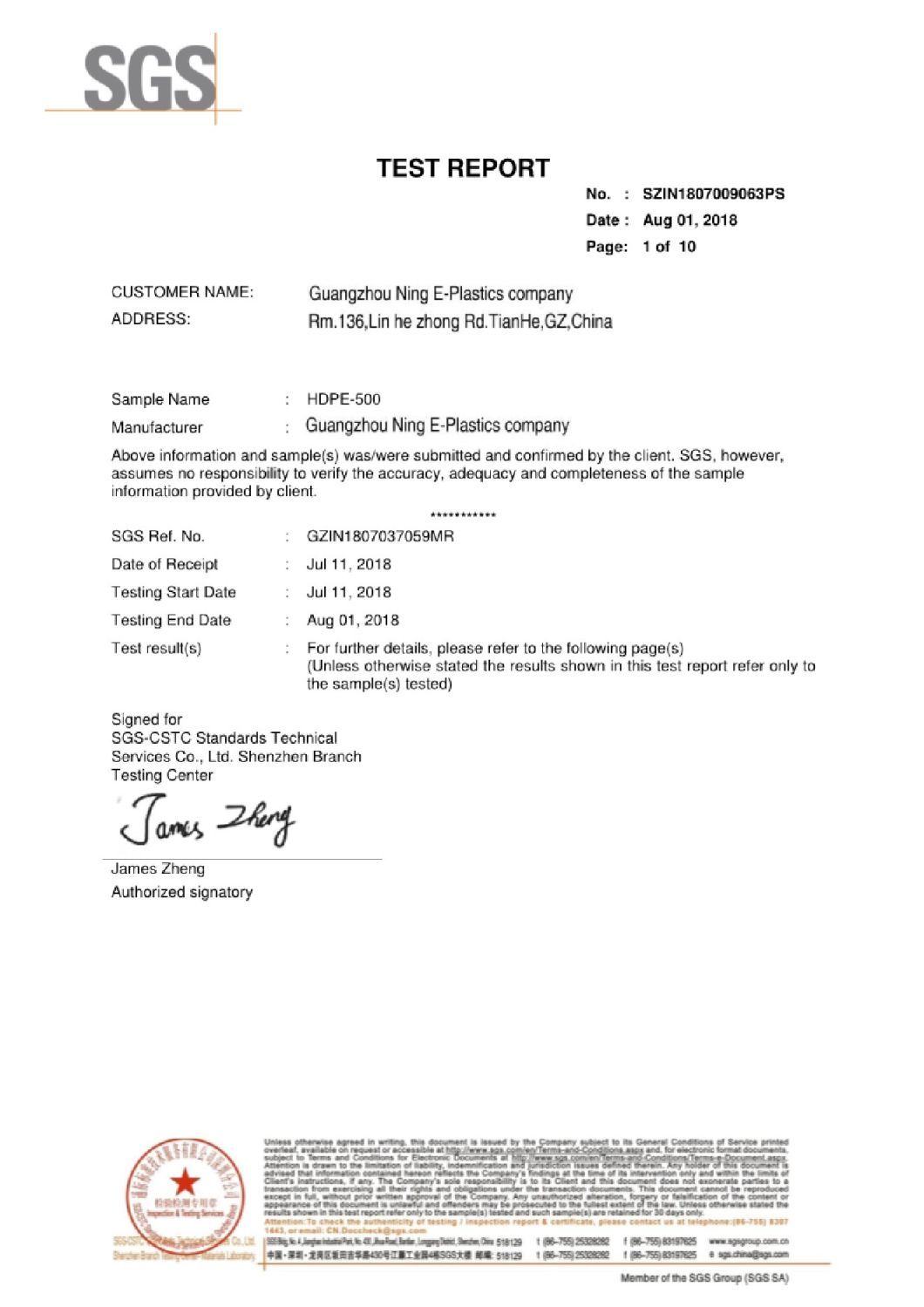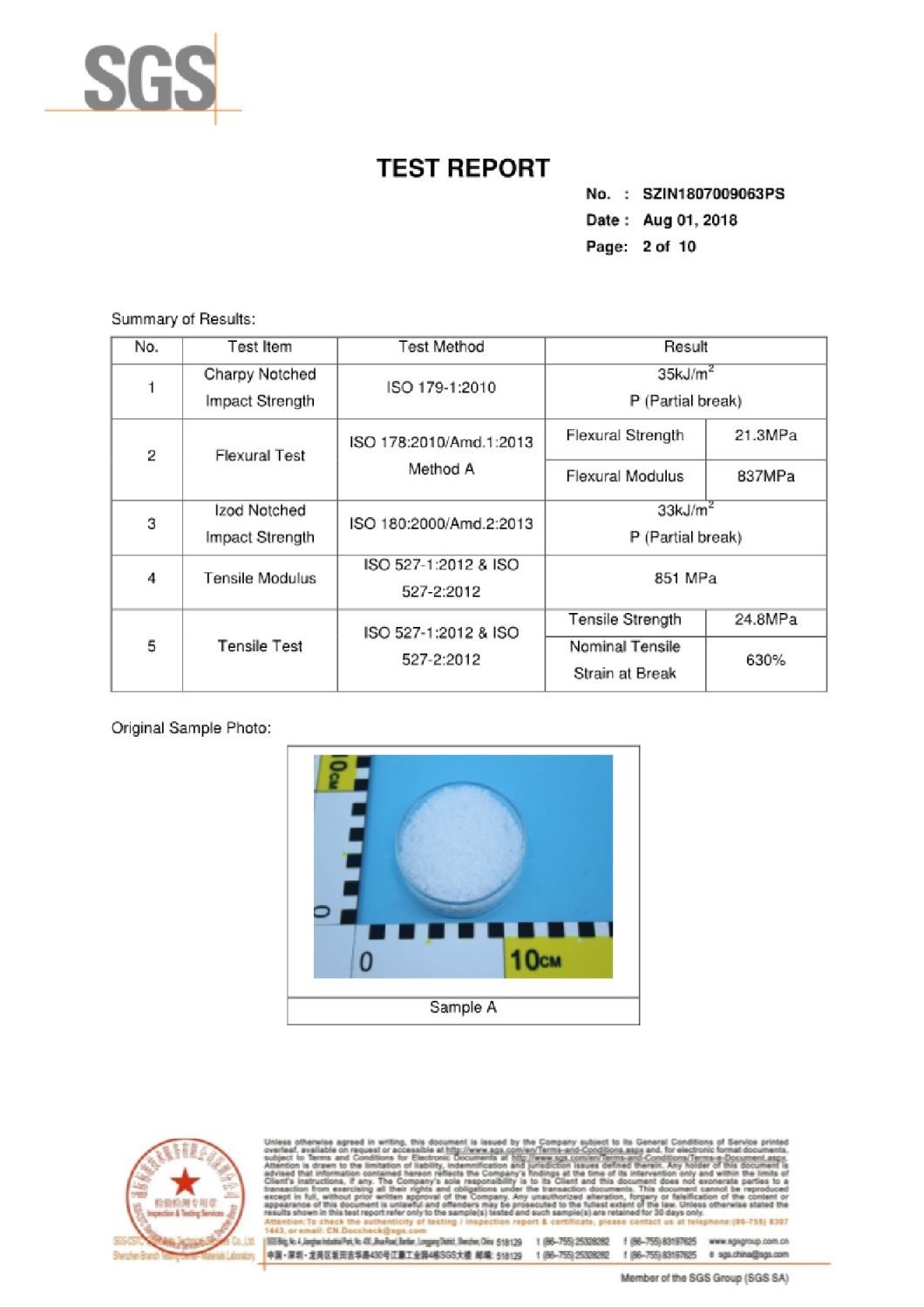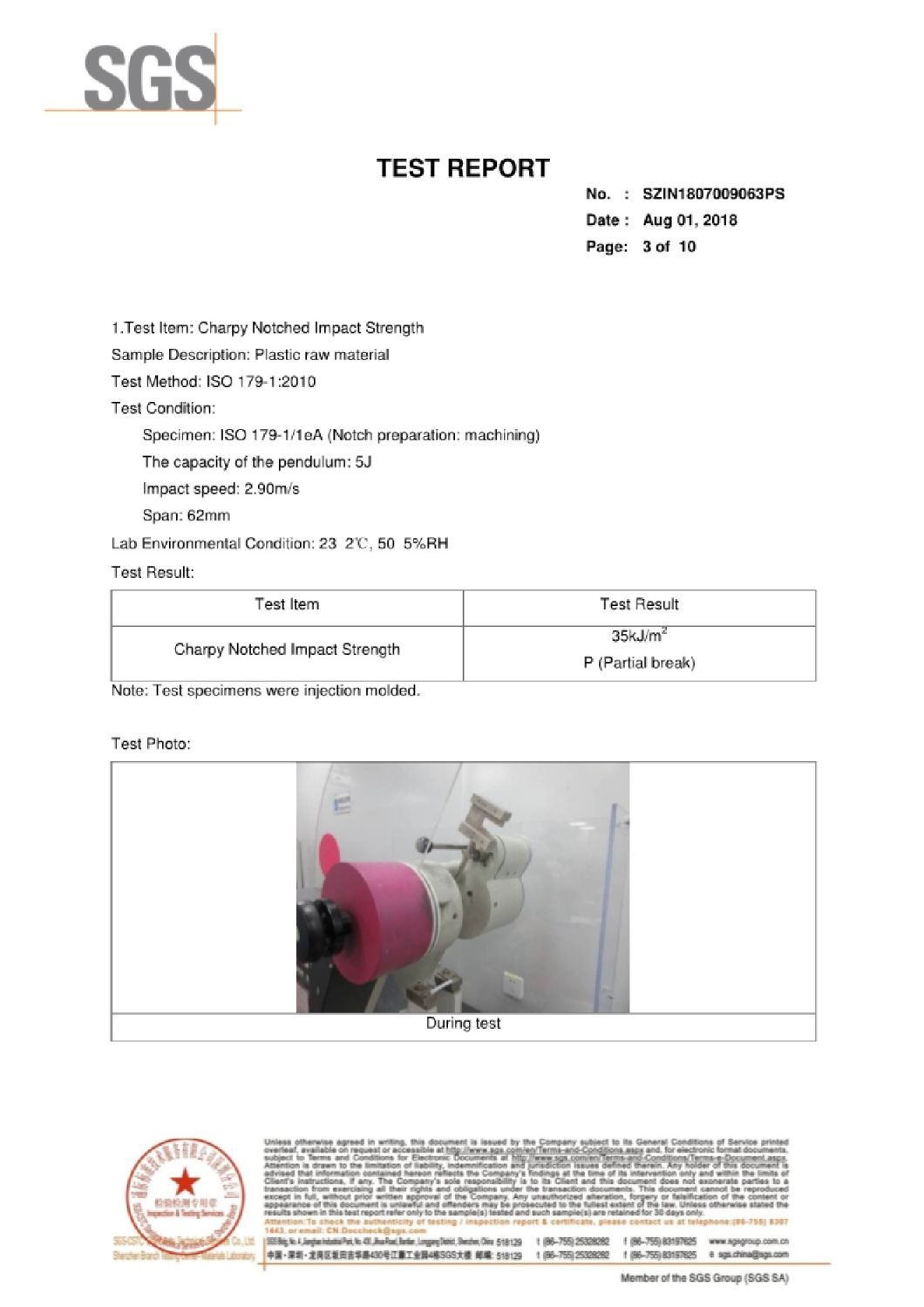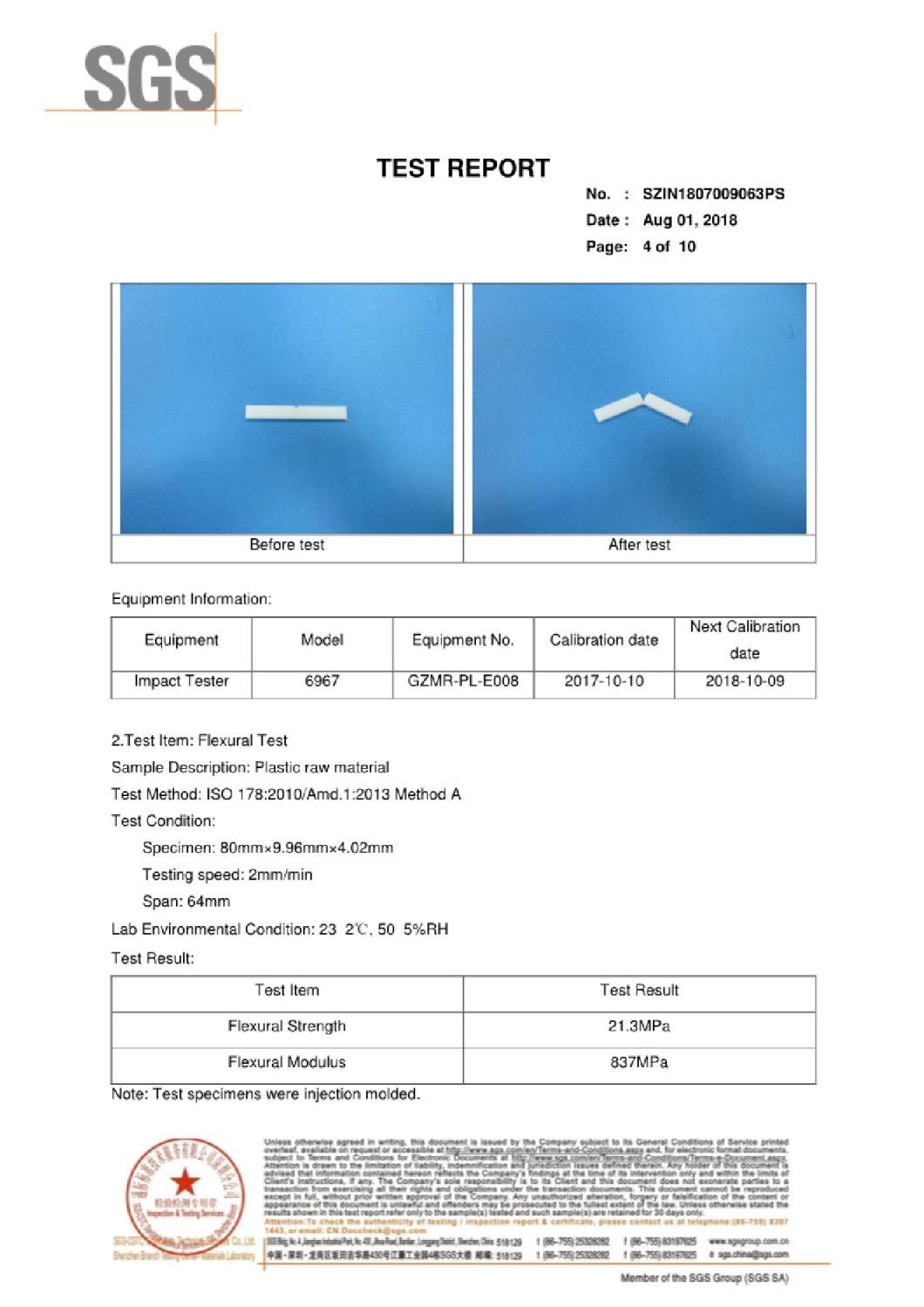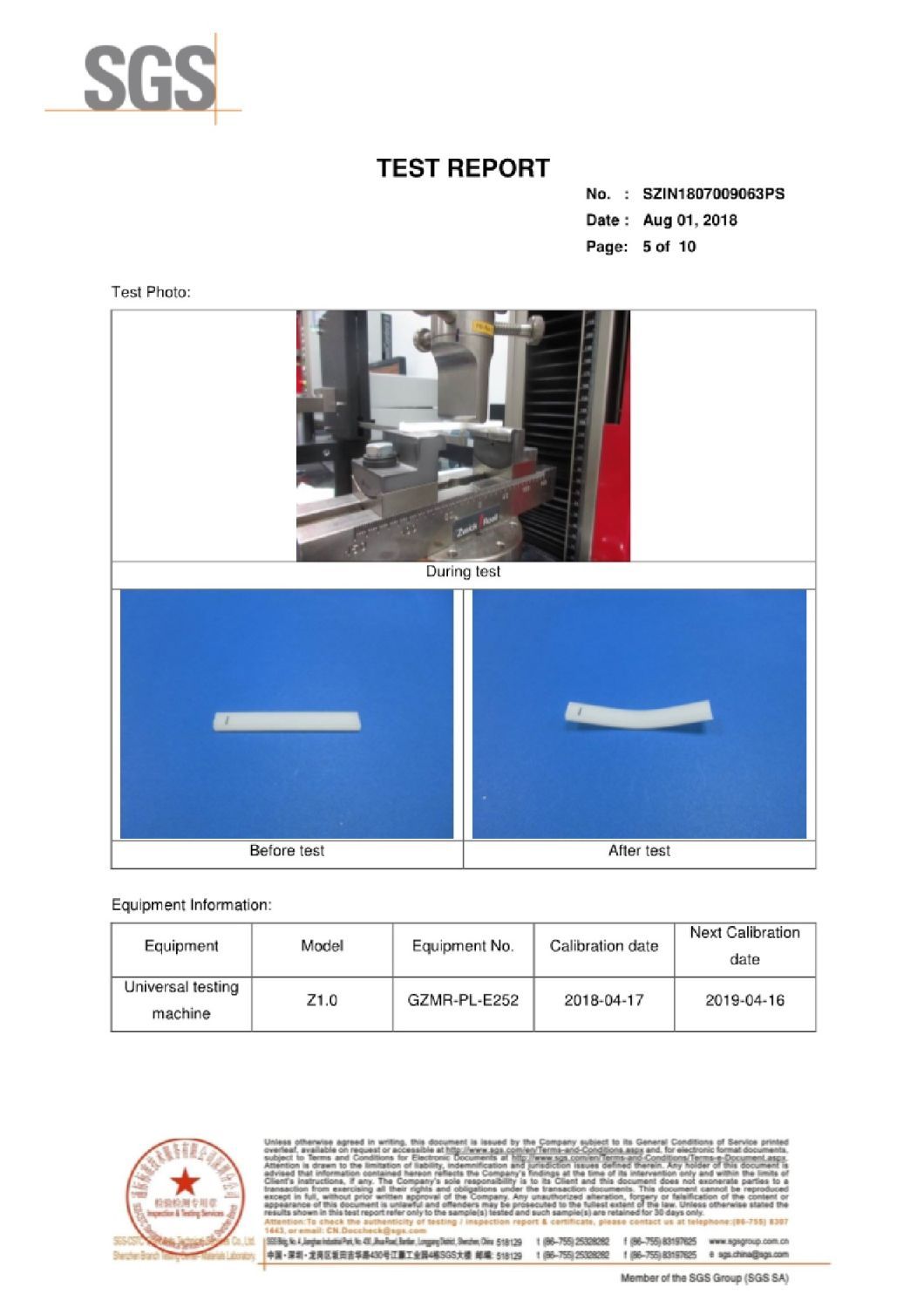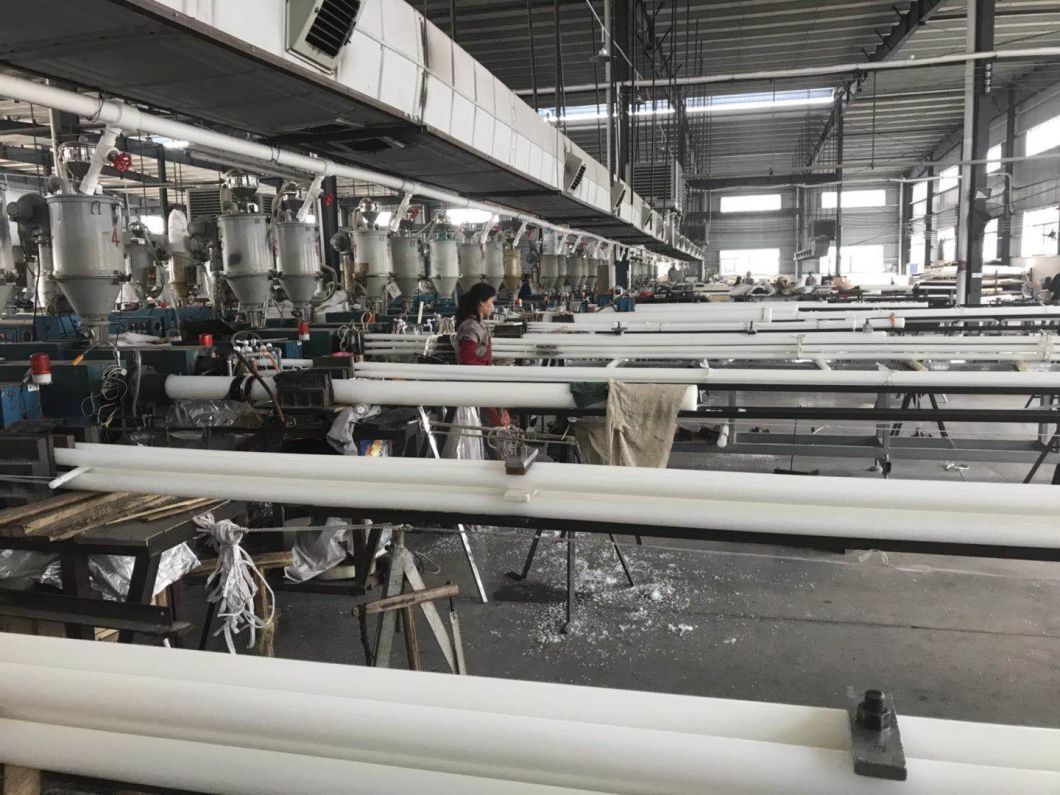-
 Rm.136,Lin he Zhong Rd. TianHe, Guangzhou, China.
Rm.136,Lin he Zhong Rd. TianHe, Guangzhou, China.
 Rm.136,Lin he Zhong Rd. TianHe, Guangzhou, China.
Rm.136,Lin he Zhong Rd. TianHe, Guangzhou, China.
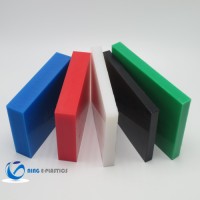
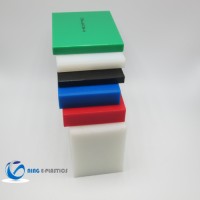
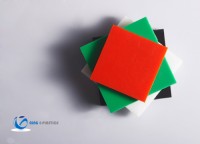
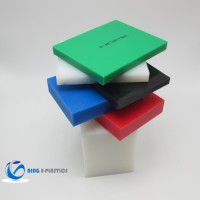
Colour : Black /white /red/yellow/orange/blue
HDPE Sheet Thickness: 2-200 mm, 0.2-3 mm
HDPE Sheet Size: Length: 1220 mm, 1000×2000 mm
HDPE sheets are extremely strong, impact-resistant, abrasion-resistant, and have a low coefficient of friction. They are also moisture, stain, and odor-resistant, making them ideal for various industrial applications. Additionally, HDPE is FDA-approved for use in the food processing industry, particularly in the production of cutting boards. The material's durability makes it a perfect match for water tanks, chute linings, bottle and bottle cap production, and many other industrial uses. Borated HDPE is also used in nuclear facilities for radiation protection.
HDPE is made from a chain of ethylene molecules (the "poly" in polyethylene) and is well-known for being lightweight and highly durable. Its strength and lightweight properties have made HDPE increasingly popular in the market, especially in reducing the amount of material required for production and packaging.
HDPE sheets are available at Tap Plastics in both smooth and textured surfaces. The textured version is often referred to as cutting board material. Both surface types are FDA-approved for food contact.
HDPE matte sheets have a textured surface, often used for cutting boards. This type is acid-resistant, compliant with FDA standards, and certified by the National Sanitation Foundation (NSF). It is excellent for food preparation because it does not dull knives and resists bacterial growth.
Smooth HDPE sheets are ideal for applications requiring good abrasion resistance and low friction. These sheets are versatile and used in many applications, with tank linings being a common example. Smooth HDPE is easy to fabricate and offers excellent chemical resistance, tensile strength, moisture resistance, and impact resistance.
HDPE pipe grade sheets offer enhanced performance compared to standard HDPE. Their advanced properties make them the most popular choice for outdoor applications.
| ITEM
|
TEST | UNIT | HDPE | |||
| METHOD | WHITE | |||||
| color | ||||||
| porportion | 1183 | g/cm3 | 0.96 | |||
| heat endurance(continuous) | ºC | 90 | ||||
| heat endurance(short time) | ºC | 110 | ||||
| melting point | ºC | 120 | ||||
| glass transition temperature | ºC | |||||
| coefficient of linear thermal expansion(23-100ºC average value) | m/(m.k) | 155×10-6 | ||||
| -(23-150°C average value) | m/(m.k) | |||||
| combustibility(UL94) | 4589 | HB | ||||
| water absorption(in 23ºC water for 24hours) | 62 | % | ||||
| negative(suck in 23ºC water) | 62 | % | 0.01 | |||
| bending tensile stress/tensile stress of broken | 527 | MPa | 30 | |||
| breaking tensile strain | 527 | % | ||||
| tensilbe modulus of elasticity | 527 | MPa | 900 | |||
| negative 1%/2%compressive stress of nomal strain | 604 | MPa | 3/- | |||
| pendulum impact test | 179/1eU | kj/m2 | ||||
| friction coefficient | 0.3 | |||||
| luo's hardness | Jan/39 | – | 62 | |||
| resistance strength | 60243 | kv/mm | >50 | |||
| volume resistance | -60093 | Ω×cm | ≥1015 | |||
| surface resistance | -60093 | Ω | ≥1016 | |||
| relative permittivity-100Hz/1MHz | -60250 | – | 2.4/- | |||
| arc path index(CTI) | -60112 | – | ||||
| bonding property | 0 | |||||
| food contact | + | |||||
| acid resistance | + | |||||
| alkali resistance | + | |||||
| carbonated water resistance property | + | |||||
| aromatic compounds of aromatic compounds | 0 | |||||
| resistance to ketones | + | |||||
| item | test | unit | PE | |||
| method |
Remarks:+ and 0 mean depending on situation.- is not.
